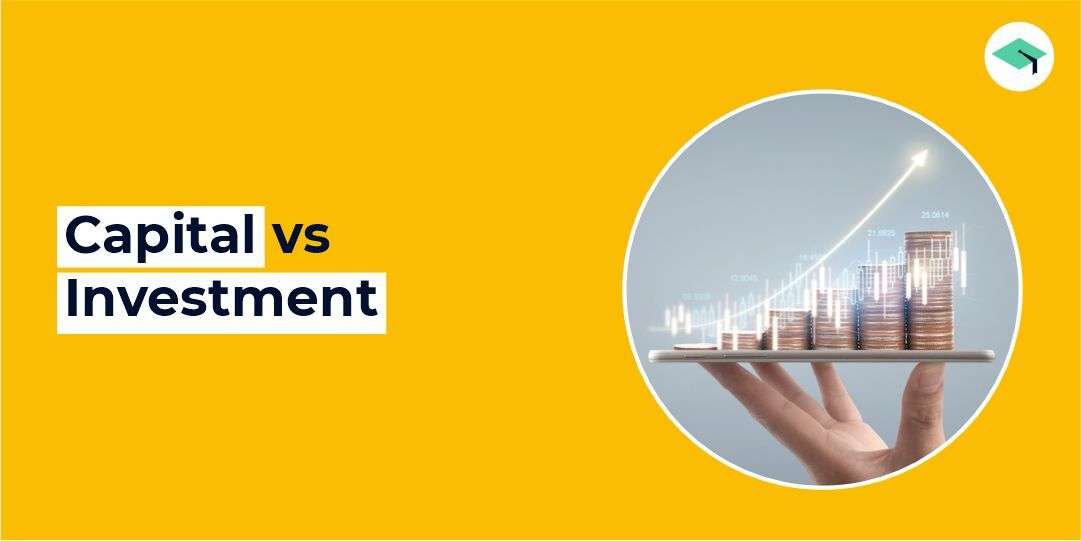
They generally invest in the form of debt, sometimes convertible to equity. As debt investors, one of their principal concerns is that the company has the cash flow to service the debt. Moreover, an upfront investment offers a competitive advantage the 6 best accounting software for nonprofits of 2021 by enabling the implementation of advanced technologies or more effective marketing strategies. Hence, adequate funding during the early stages establishes stability, mitigating the risk of financial challenges that could impede growth.
Do you already work with a financial advisor?
Private equity enables companies to raise capital without going public. Hedge funds and private equity were typically only available to affluent investors deemed “accredited investors” who met certain income and net worth requirements. However, in recent years, alternative investments have been introduced in fund formats accessible to retail investors. New venture opportunities emerge from the ‘fuzzy front end’ propelled by the drive, and personal funds, of the entrepreneurial team. At each stage, a portion of these opportunities fail—the narrowing of the funnel represents the attrition of opportunities. Early stage investors regard success as having an opportunity exit the funnel through a liquidity event, at which time they can cash out.
Find stocks
Finance Strategists has an advertising relationship with some of the companies included on this website. We may earn a commission when you click on a link or make a purchase through the links on our site. All of our content is based on objective analysis, and the opinions are our own.
Create a Free Account and Ask Any Financial Question
It includes all costs necessary to make the asset operational and ready for use. In most cases, an initial investment is the first of many more payments and deposits that will happen over the lifetime of the account or investment vehicle. More money is usually added or invested over time, and the capital is most often intended to grow. These advanced and/or deferred terms of payment may be included in an EPC contract, but they must be taken into account in the financial model when the cash flow analysis during the construction period is run.
What is investing?

Start-ups that have been financed by angels have a much greater success rate in attracting subsequent venture capital. The investing information provided on this page is for educational purposes only. NerdWallet, Inc. does not offer advisory or brokerage services, nor does it recommend or advise investors to buy or sell particular stocks, securities or other investments. Saindak Copper Company Ltd (SCCL) started a copper and gold exploration and extraction project in Baluchistan in 20X5.
In theory, any project with an IRR greater than its cost of capital should be profitable. In planning investment projects, firms will often establish a required rate of return (RRR) to determine the minimum acceptable return percentage that the investment in question must earn to be worthwhile. In most cases, the advertised return will assume that any interest payments or cash dividends are reinvested back into the investment. What if you don’t want to reinvest dividends but need them as income when paid? And if dividends are not assumed to be reinvested, are they paid out, or are they left in cash? IRR and other assumptions are particularly important on instruments like annuities, where the cash flows can become complex.
- For example, an energy company may use IRR in deciding whether to open a new power plant or to renovate and expand an existing power plant.
- Regularly investing helps you take advantage of natural market fluctuations.
- Cash flow refers to the total amount of money being transferred in and out of a business, which is essential for determining the liquidity and financial health of an investment.
- These preset deadlines ensure that the construction plan is respected and verified.
Analyses will also typically involve NPV calculations at different assumed discount rates. Any project with an IRR that exceeds the RRR will likely be deemed profitable, although companies will not necessarily pursue a project on this basis alone. Rather, they will likely pursue projects with the highest difference between IRR and RRR, as these will likely be the most profitable. In capital planning, one popular scenario for IRR is comparing the profitability of establishing new operations with that of expanding existing operations. For example, an energy company may use IRR in deciding whether to open a new power plant or to renovate and expand an existing power plant. Keep in mind that IRR is not the actual dollar value of the project.
Options contracts are a popular derivative that gives the buyer the right but not the obligation to buy or sell a security at a fixed price within a specific period. Derivatives usually employ leverage, making them a high-risk, high-reward proposition. A buyer of a company’s stock becomes a fractional owner of that company. They can participate in its growth and success through appreciation in the stock price and regular dividends paid out of the company’s profits. Economists view investing and saving to be two sides of the same coin. This is because when you save money by depositing in a bank, the bank then lends that money to individuals or companies that want to borrow that money to put it to good use.
Funds are pooled instruments managed by investment managers that enable investors to invest in stocks, bonds, preferred shares, commodities, etc. Two of the most common types of funds are mutual funds and exchange-traded funds (ETFs). Investing, broadly, is putting money to work for a period of time in some sort of project or undertaking to generate positive returns (i.e., profits that exceed the amount of the initial investment). It is the act of allocating resources, usually capital (i.e., money), with the expectation of generating an income, profit, or gains. The Net Present Value (NPV) of any project or investment is the amount that represents all the future possible cash flows of a project in its lifetime; it excludes the cost of initial investment. It is determined as the total discounted cash flow minus initial investment.
Senior management is more likely to approve a project if the IIRR is greater than the cost of capital to the organization. In the financial world, investing most often refers to buying an asset, like individual stocks and bonds, mutual funds, or exchange-traded funds (ETFs), that you expect will help you grow your money over time. Most people invest for big long-term financial goals, like paying for college, buying a house, or saving for retirement. The internal rate of return (IRR) is a financial metric used to assess the attractiveness of a particular investment opportunity. When you calculate the IRR for an investment, you are effectively estimating the rate of return of that investment after accounting for all of its projected cash flows together with the time value of money. When selecting among several alternative investments, the investor would then select the investment with the highest IRR, provided it is above the investor’s minimum threshold.
